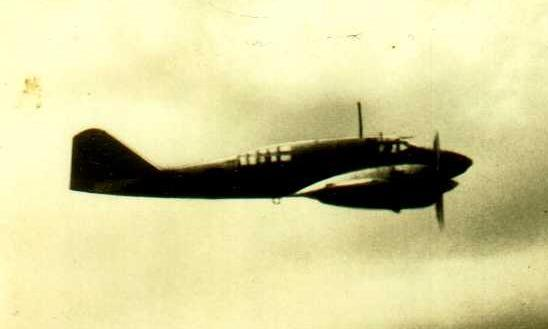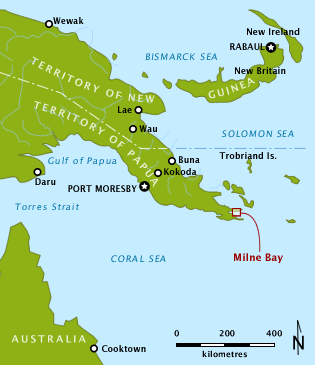
This thread is on combat actions 76 years ago yesterday & #OnThisDay, 6-7 Apr 1945 at Okinawa. No, not on the sinking of the HIJMS Yamato which @JHistoryC covered very well here:
No, I'm talking about USN leadership failures on those dates at Okinawa. 1/
https://twitter.com/JHistoryC/status/1379841553779322880
No, I'm talking about USN leadership failures on those dates at Okinawa. 1/
Failures that lead to this.
Six US Navy planes were blown out of the sky by US Navy anti-aircraft fire.
Four of those six planes were in the landing approach pattern for Yontan Air Field. 2/

Six US Navy planes were blown out of the sky by US Navy anti-aircraft fire.
Four of those six planes were in the landing approach pattern for Yontan Air Field. 2/
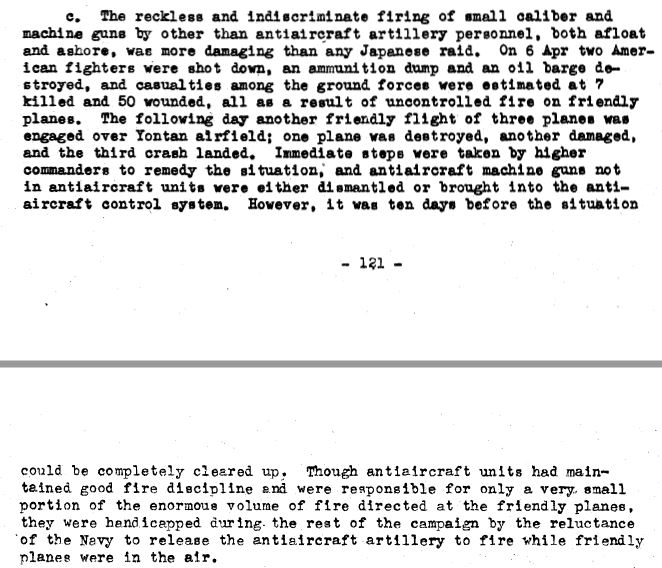
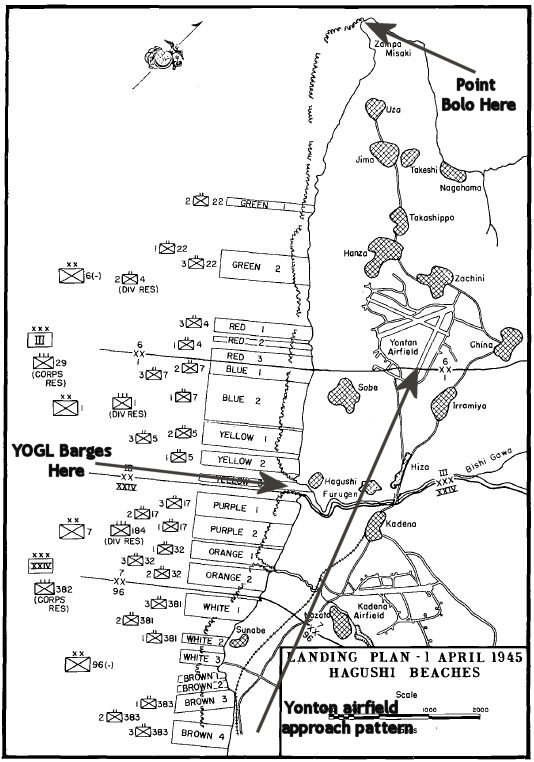
Worse, one of the FM-2 Wildcats shot down exploded in mid air and it's wreckage landed on fuel barges off Hagushi Beach.
The wreckage was tracked by every ship AA gun into barges & strafed Kadena airfield downrange. The results were both horrific & operationally significant. 3/
The wreckage was tracked by every ship AA gun into barges & strafed Kadena airfield downrange. The results were both horrific & operationally significant. 3/
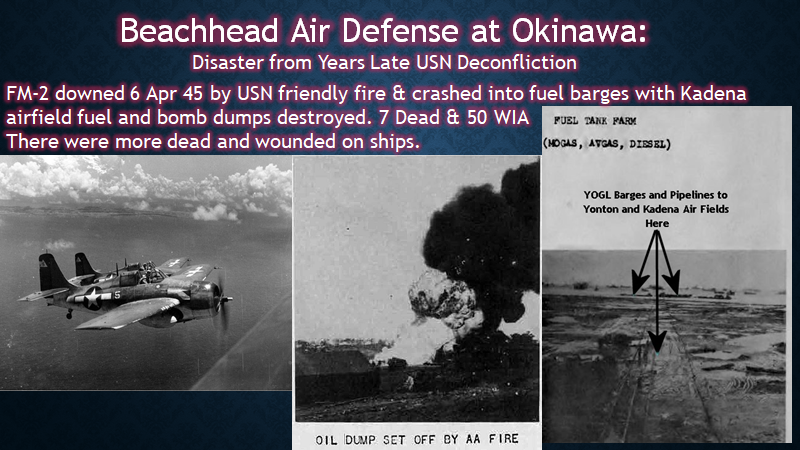
According to the 1999 USN study titled "Amicide At Sea: Friendly Fire Incidences During World War II Naval Operations," there were 52 ship-to-ship U.S. Navy friendly fire incidences in World War 2.
These 52 incidences killed 186 and wounded 438 U.S. servicemen on USN ships &
4/
These 52 incidences killed 186 and wounded 438 U.S. servicemen on USN ships &
4/

craft. Of those 52, there were 25 that happened in amphibious operations and some 40 (75%) happened in 1945 overall.
The thing that stands out is 22 of those 40 incidents that occurred in 1945 were during the Okinawa campaign. Seven of those 22 US Navy vessels that were
5/
The thing that stands out is 22 of those 40 incidents that occurred in 1945 were during the Okinawa campaign. Seven of those 22 US Navy vessels that were
5/

hit at Okinawa by other USN ships happened on 6-7 April 1945 at the Hagushi landing beach in line of site of Adm. Turner's command ship USS El Dorado, resulting in with two killed and 17 wounded on those vessels.
See:
ibiblio.org/hyperwar/NHC/A…
6/


See:
ibiblio.org/hyperwar/NHC/A…
6/

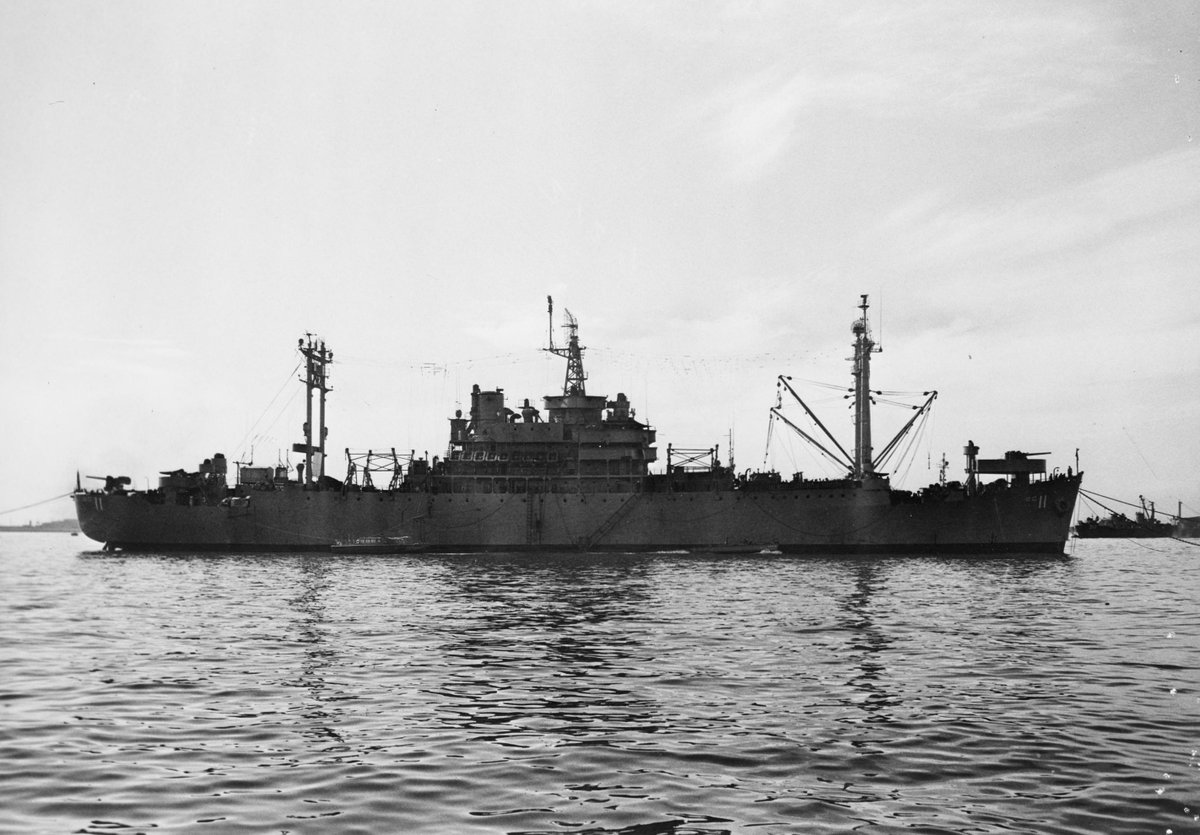
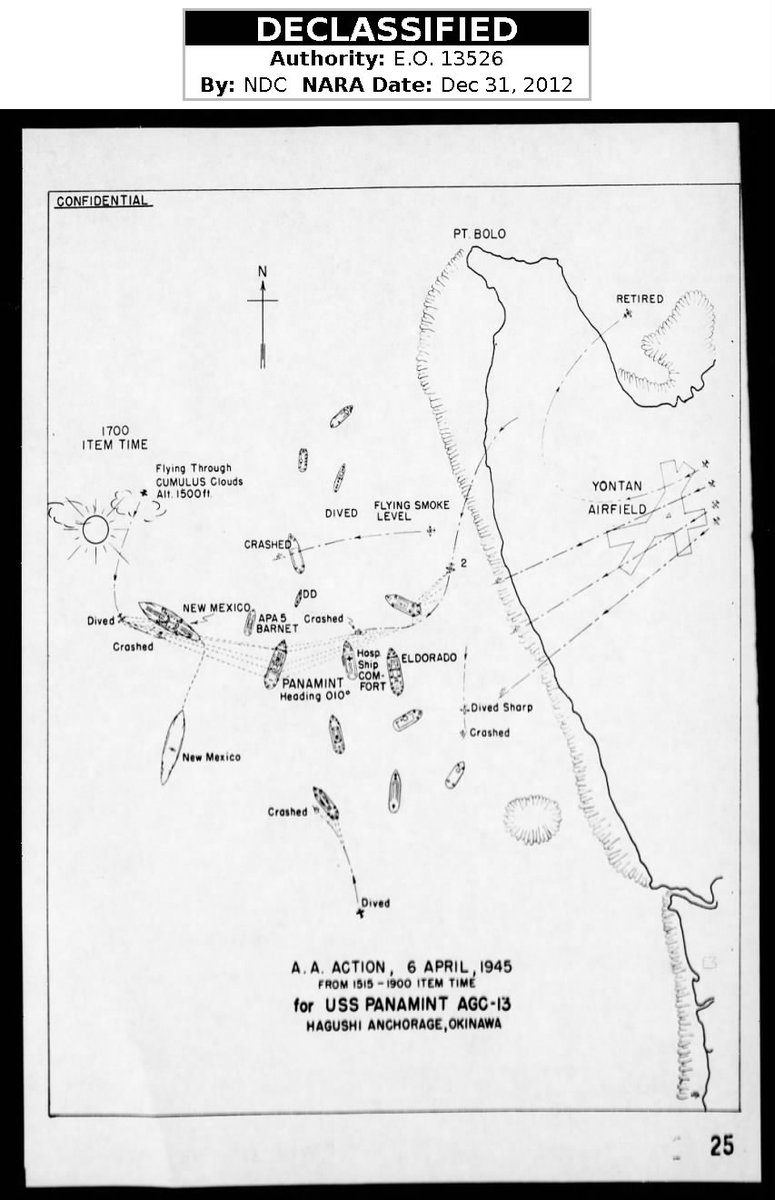
When it came to friendly fire in the Pacific Fleet, there was a lot to be laid at the feet of Admiral Turner as SOPA** during Okinawa.
'SOPA' is the least studied bit of WW2 amphibious doctrine due to that fact.
**SOPA = Senior Officer Present Afloat
military.wikia.org/wiki/Senior_Of…
7/
'SOPA' is the least studied bit of WW2 amphibious doctrine due to that fact.
**SOPA = Senior Officer Present Afloat
military.wikia.org/wiki/Senior_Of…
7/
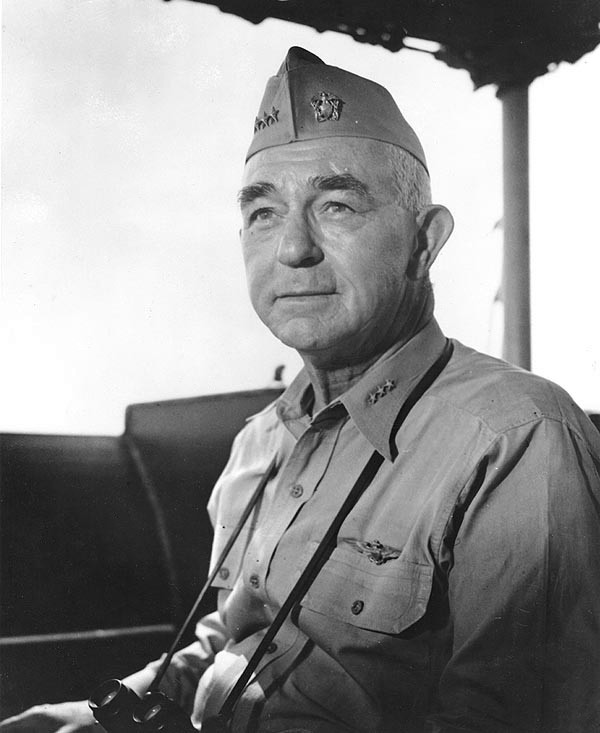
Admiral Turner was not alone with having "SOPA problems" in the Central Pacific, but he was both the most important and most responsible for failures there.
This problem was the inability of the USN to play well with others, particularly with AA weapons defending a beach head
8/
This problem was the inability of the USN to play well with others, particularly with AA weapons defending a beach head
8/

The US Army had developed a very sophisticated beach head air defense doctrine in WW2.
The US Navy & USMC...not so much.
9/
The US Navy & USMC...not so much.
9/

In the Mediterranean, Europe & New Guinea, the US Army landings faced immediate/deadly air attacks from the Nazi's & Japanese.
The Central Pacific campaign? Meh.
Army AA defense was built to engage up to the last point an aircraft was flying steady to drop a bomb.
10/
The Central Pacific campaign? Meh.
Army AA defense was built to engage up to the last point an aircraft was flying steady to drop a bomb.
10/

The US Army anti-aircraft arm also got a huge doctrinal reality check at Gela, Sicily in 1943 when US paratroopers got blown out of the sky by beach head AA guns and US Navy shipping.
Preventing a reoccurrence was a D-Day organizing principle.
See:
web.archive.org/web/2021012700…
11/
Preventing a reoccurrence was a D-Day organizing principle.
See:
web.archive.org/web/2021012700…
11/
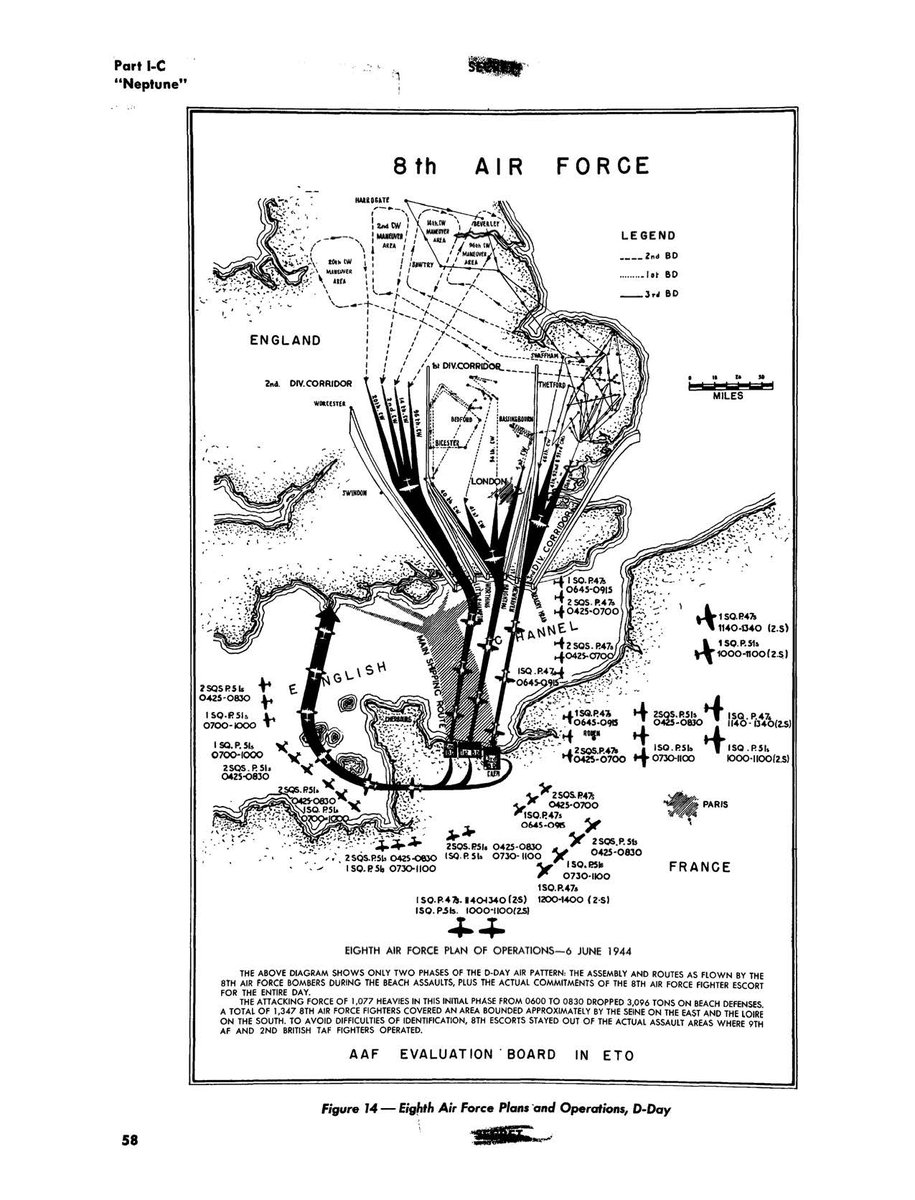
Because there was no General Eisenhower as theater commander between Admiral King and the Central Pacific - forcing USN Flag ranks to conform to Joint and Combined deconfliction directives - Nimitz downward paid not a bit of attention to Gela.
12/
12/
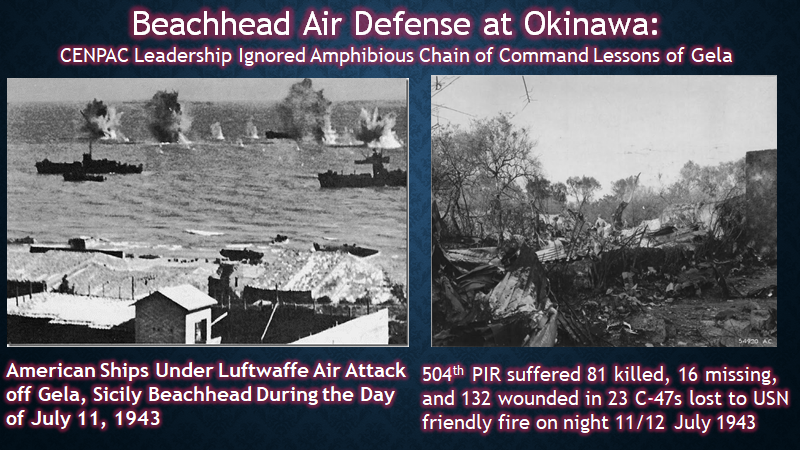
While there was a JAN coordinating map for field artillery & naval gunfire. CentPac had it's own "approved solution" for AA friendly fire, the Combat Information Center.
The issue was that CIC spoke polar coordinates and US Army Ftr Cntrl & AA defense spoke grid squares.
13/
The issue was that CIC spoke polar coordinates and US Army Ftr Cntrl & AA defense spoke grid squares.
13/
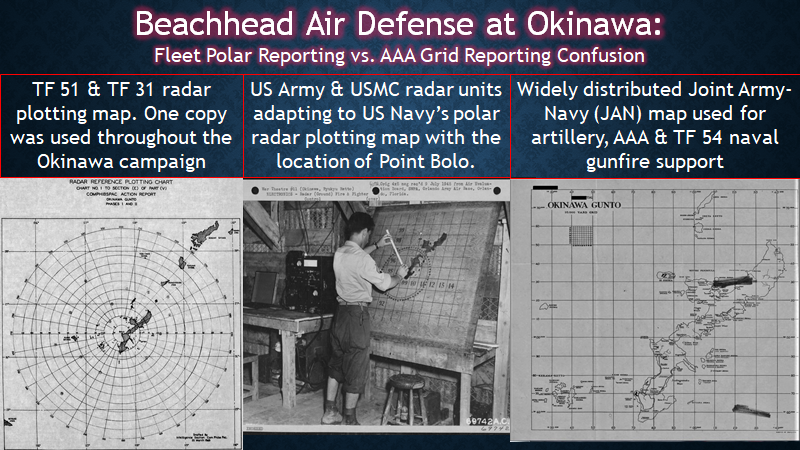
And the concept of a bomb release line never really made it into WW2 USMC AA-defense doctrine.
This was because Solomon island beach heads & Central Pacific Islands were too small to allow a bomb release line based defense around airfields the way the US Army did in Europe.
14/


This was because Solomon island beach heads & Central Pacific Islands were too small to allow a bomb release line based defense around airfields the way the US Army did in Europe.
14/
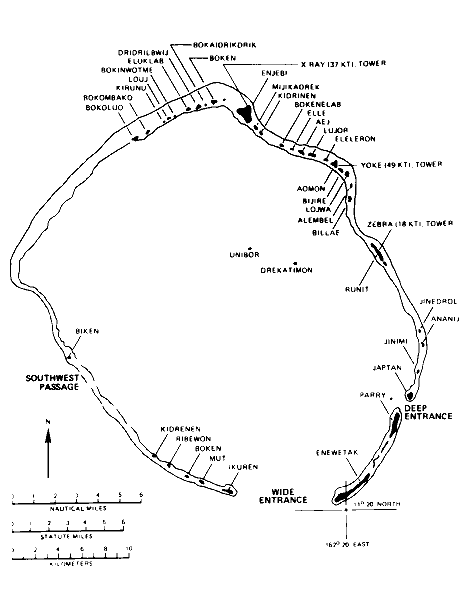
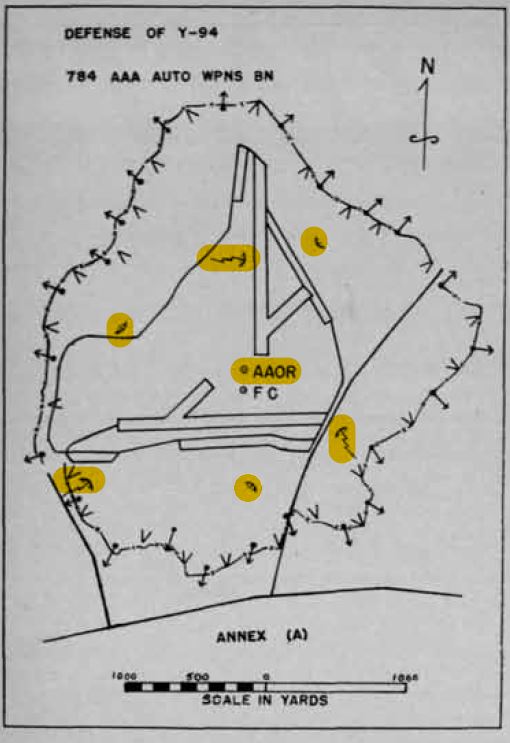

Whatever the AA-doctrines of the Navy Department, the War Department AA-doctrine for beach defense was to protect all joint service logistical infrastructure supporting the beach head.
The US Army did that 6-7 April 1945.
15/
The US Army did that 6-7 April 1945.
15/
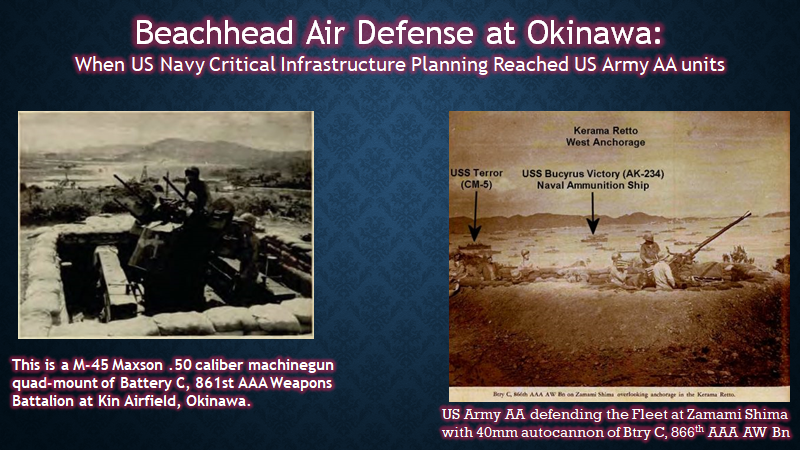
The US Navy & USMC did not. The USMC did not land AA assets until 8 Apr 1945.
USN SOPA doctrine was about protecting USN ships above all. Neither friendly fire of it's planes nor Army logistics were considerations.
SOPA's just didn't care about anything not a USN ship.
16/
USN SOPA doctrine was about protecting USN ships above all. Neither friendly fire of it's planes nor Army logistics were considerations.
SOPA's just didn't care about anything not a USN ship.
16/
In fact Admiral Spruance sent a message on 3 April 1945 saying the USN should study friendly fire deconfliction techniques to save USN planes that SHAEF in Europe had already implemented for months in October 1944!
17/
17/

When it came friendly fire, it's clear that the Nimitz, Spruance, Turner CentPac command team was not only far inferior to General Eisenhower's SHAEF.
They were also a 3rd rate amphibious warfare command team compared MacArthur's 7th Fleet Admirals Kinkaid and Barby.
18/
They were also a 3rd rate amphibious warfare command team compared MacArthur's 7th Fleet Admirals Kinkaid and Barby.
18/

The one thing that Vice Admiral Daniel Edward Barbey -- AKA "Uncle Dan the Amphibious Man" -- knew better than any WW2 USN Flag Rank leader was when you let US Naval Armed Guards shoot at anything.
They shot at everything.
19/

They shot at everything.
19/
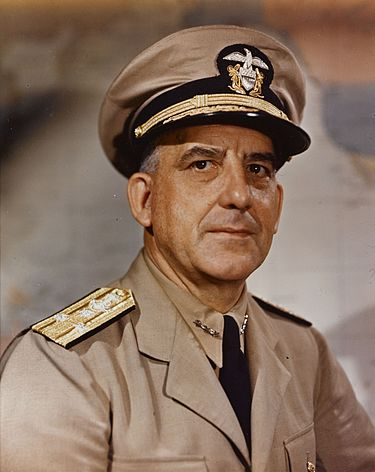

"Uncle Dan's" experience here was reflected in his SOPA annex to Admiral Kinkaid's Leyte invasion orders. (below)
It took 3 weeks of combat, dozens of casualties & huge logistical damage at Okinawa for Turner to get around to doing what Barbey knew before the Leyte invasion.
20/
It took 3 weeks of combat, dozens of casualties & huge logistical damage at Okinawa for Turner to get around to doing what Barbey knew before the Leyte invasion.
20/
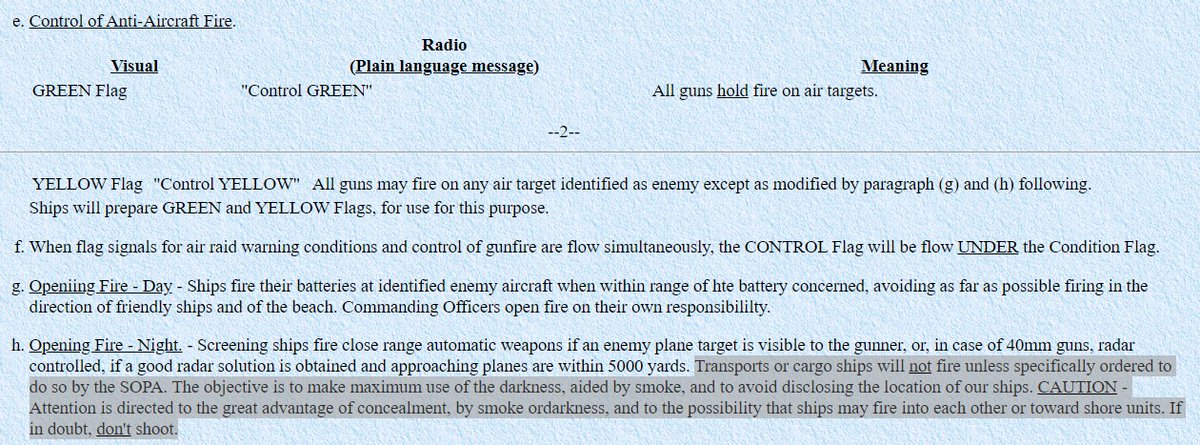
Part of the reason it took so long for Turner to change was personal. He felt highly competitive with "Uncle Dan."
The other, and bigger reason, was it wasn't the CentPac "Approved Solution," the CIC.
21/
The other, and bigger reason, was it wasn't the CentPac "Approved Solution," the CIC.
21/
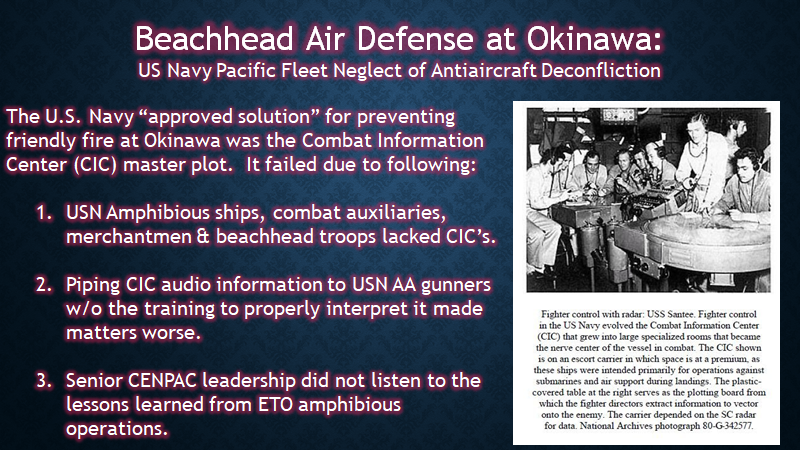
The problem for Turner as SOPA at Okinawa was that the command burden for supplying 10th Army had grown by an order of magnitude compared to his Marianas experience.
He and his staff decided to provide raw CIC audio to Navy gunners w/o training them how to use it.
22/
He and his staff decided to provide raw CIC audio to Navy gunners w/o training them how to use it.
22/
This thoughtless act set the table for friendly fire tragedy at Okinawa.
Admiral Samuel E. Morison used the words of Captain John W. McElroy, the commanding officer of the naval transport Marathon, to paint this picture of Turner's mistake:
23/
Admiral Samuel E. Morison used the words of Captain John W. McElroy, the commanding officer of the naval transport Marathon, to paint this picture of Turner's mistake:
23/

The 1956 movie, "Away All Boats," can give you a feel for what those naval gunners were hearing on 6 April 1945 and how it terrified them.
I've set the movie time counter in the link to the 1 hr 21 min mark for Okinawa:
24/
I've set the movie time counter in the link to the 1 hr 21 min mark for Okinawa:
24/
I've written how that decision turned out on Twitter back in July 2020 thread here:
25/
https://twitter.com/TrentTelenko/status/1283416590604795904
25/
Why the Japanese were successful required more than Admiral's Turner, Spruance & Nimitz failing "Friendly Fire Prevention 101."
The Japanese had a plan on how to use their Kamikazes, radar & sigint.
27/
The Japanese had a plan on how to use their Kamikazes, radar & sigint.
27/
When you spend the time looking through American Navy & especially US Marine after action reports with the knowledge of Japanese Ryukyu island Radar/Sigint dispositions.
The Japanese 'Suppression of Enemy Air Defense' planning involved just stands out.
28/
The Japanese 'Suppression of Enemy Air Defense' planning involved just stands out.
28/
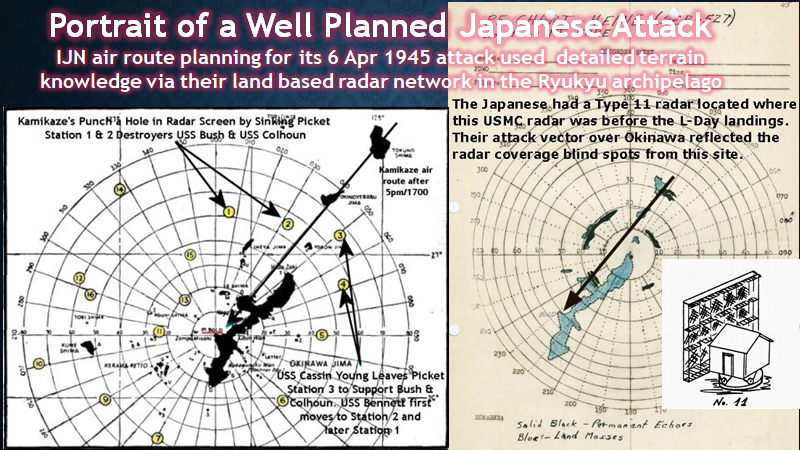
The Japanese naval garrisons in the Ryukyu islands also had sigint teams direction finding on & listening to all US Navy in the clear broadcasts.
29/

29/
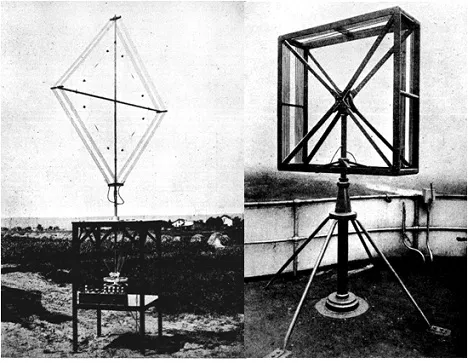

So Vice Admiral Matome Ugaki commander-in-chief of the Fifth Naval Air Fleet and his CoS Rear Admiral Toshiyuki Yokoi were well aware that there were air defenses at Kadena, but not Yontan. 
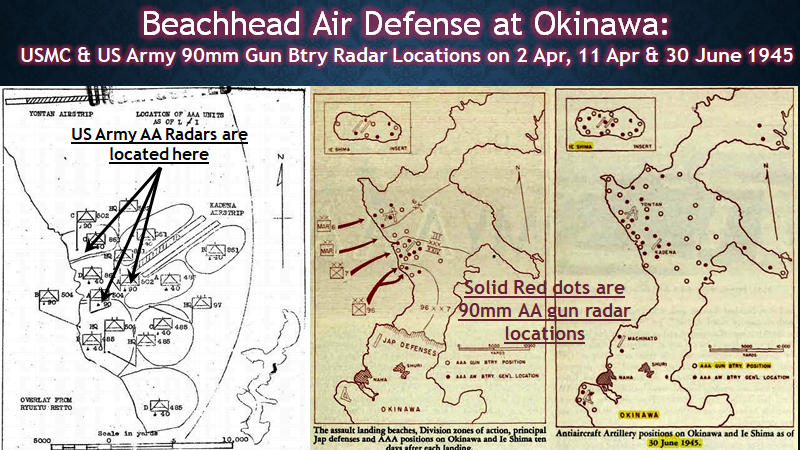
And Rear Admiral Toshiyuki Yokoi in particular was very familiar with the limitations of radar as a whole -- by exercising with their own for years at this point -- and had combat experience of US Navy radars from close in-shore Philippines fighting ending four months prior. 
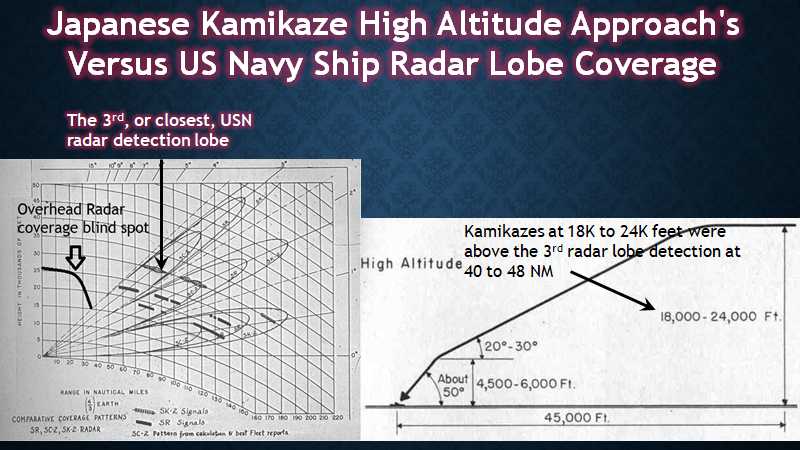
They used this experience to fly low over still-Japanese occupied northern Okinawa to evade sea level radar coverage to get right on top of amphibious shipping at Hagushi beach from the east. 

The Japanese were aided in these attacks not just from poor USN signal security, but also due to an intelligence failure on the routing of Japanese underwater cables.
The cable coming from Formosa landed at Naha and not Hagushi as shown.
33/
The cable coming from Formosa landed at Naha and not Hagushi as shown.
33/
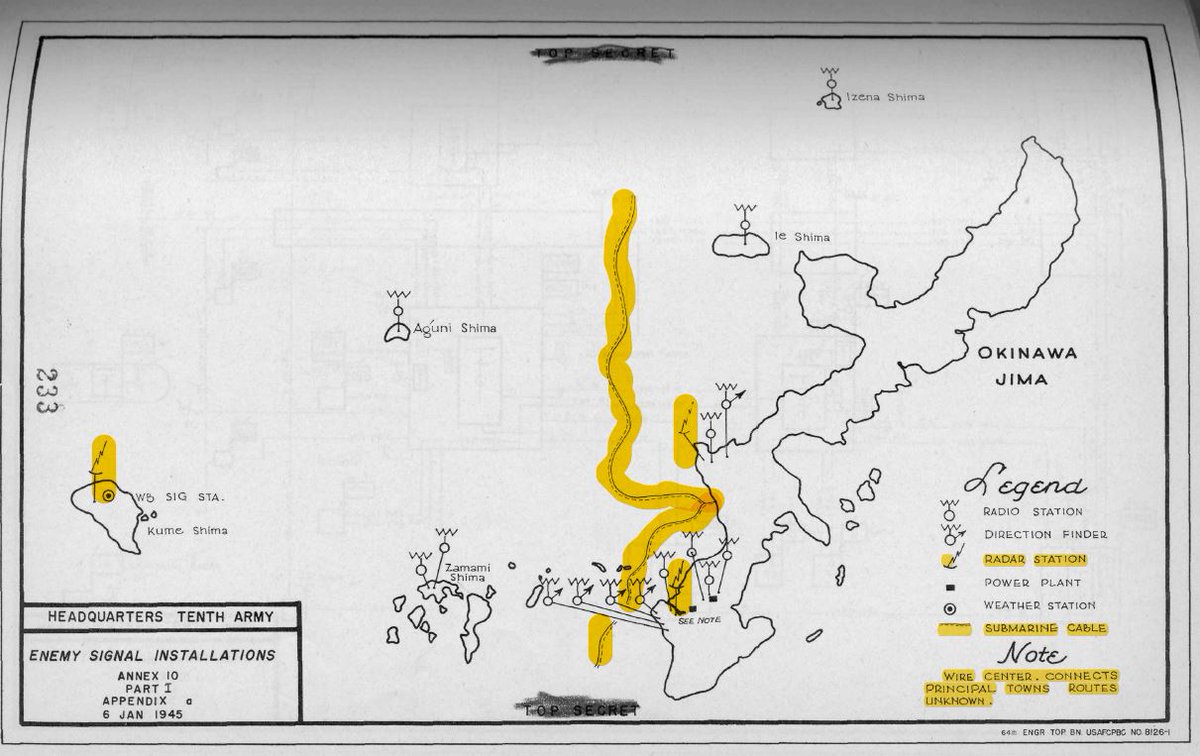
Pre-WW2 US Army intelligence open source identified the Formosa cable as landing at Naha.
JICPOA identified Hagushi beach.
Tenth Army commander General Buckner went with JICPOA because, reasons...opps!
34/
JICPOA identified Hagushi beach.
Tenth Army commander General Buckner went with JICPOA because, reasons...opps!
34/
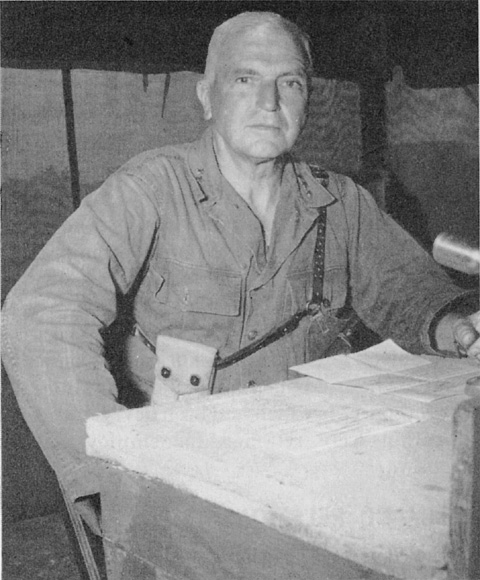
When you trace the Formosa to Japan undersea cable routings map in "CinCPOA 5-45 Japanese Radio Communications and Radio Intelligence."
You realize that Rear Admiral Toshiyuki Yokoi was getting near real time Sigint from inside the US perimeter. 35/
history.navy.mil/research/libra…
You realize that Rear Admiral Toshiyuki Yokoi was getting near real time Sigint from inside the US perimeter. 35/
history.navy.mil/research/libra…
This near-real time sigint from Naha meant the USN logistical elements at the Kerama Retto group were an open book for Rear Admiral Toshiyuki Yokoi come 6 April 1945.
36/
36/
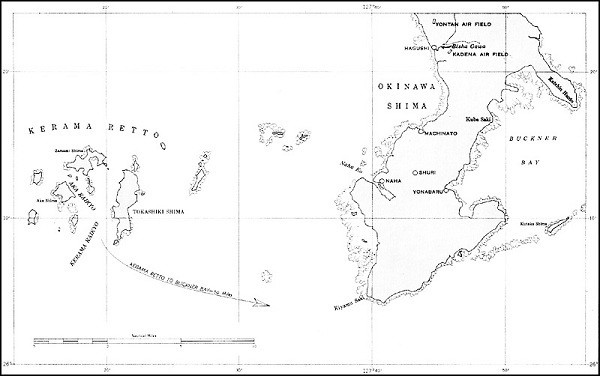
In the clear radio traffic from Kerama Retto indicated that the Victory class Army ammo ships Hobbs, Logan and Pierre Victory had been moved out of the West Anchorage and the AA defenses there.
37/
37/
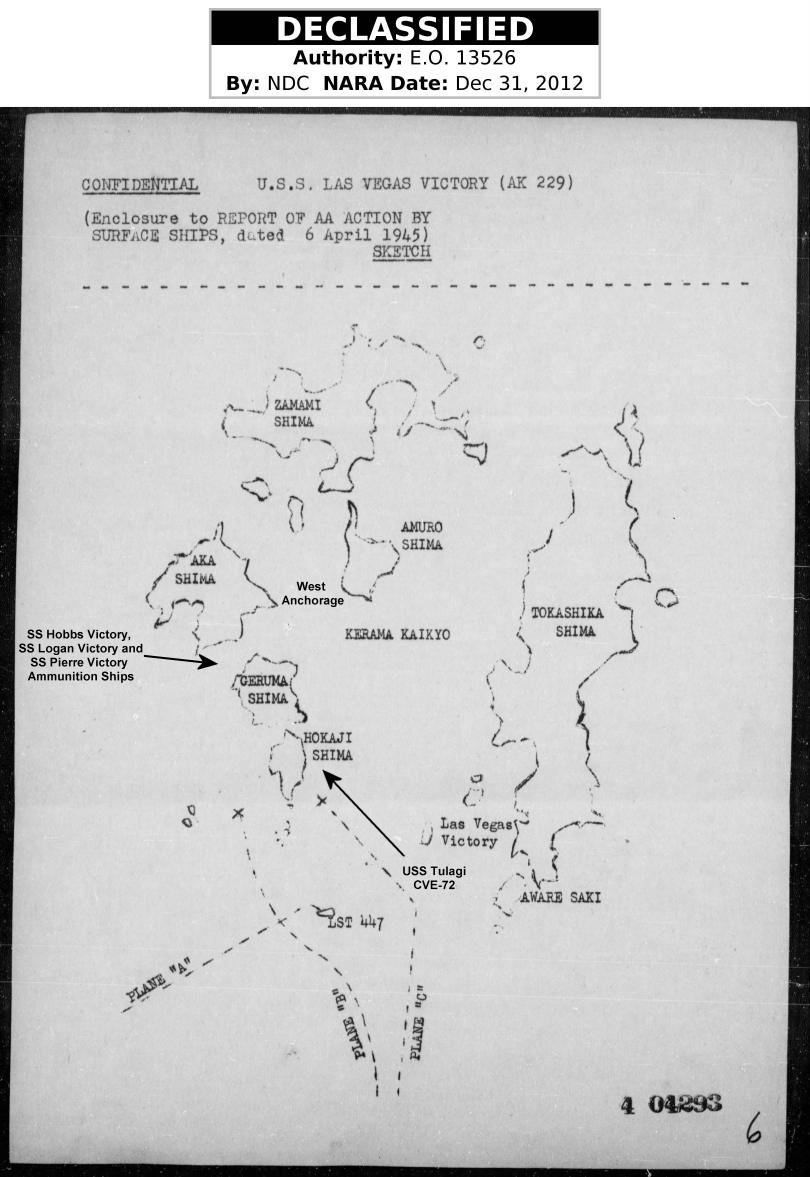
The must read on the Okinawa campaign web site kamikazeimages.net/stories/hobbsv… has the story of the sinking of the Hobbs Victory by John Laughton, second mate on the cargo ship.
The story is titled "A Cargo Doomed to Boom"
38/
The story is titled "A Cargo Doomed to Boom"
38/
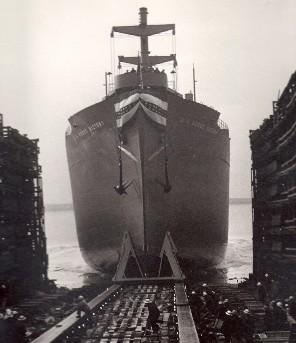
Rear Admiral Ingolf N. Kiland, the SOPA at Kerama Retto had 15 ammunition ships present in in west anchorage on 6 April, twelve USN and three Tenth Army.
The USS Bucyrus Victory and USS Las Vegas Victory were USN combat auxiliaries carrying 6,000 tons of fleet ammo each.
39/
The USS Bucyrus Victory and USS Las Vegas Victory were USN combat auxiliaries carrying 6,000 tons of fleet ammo each.
39/
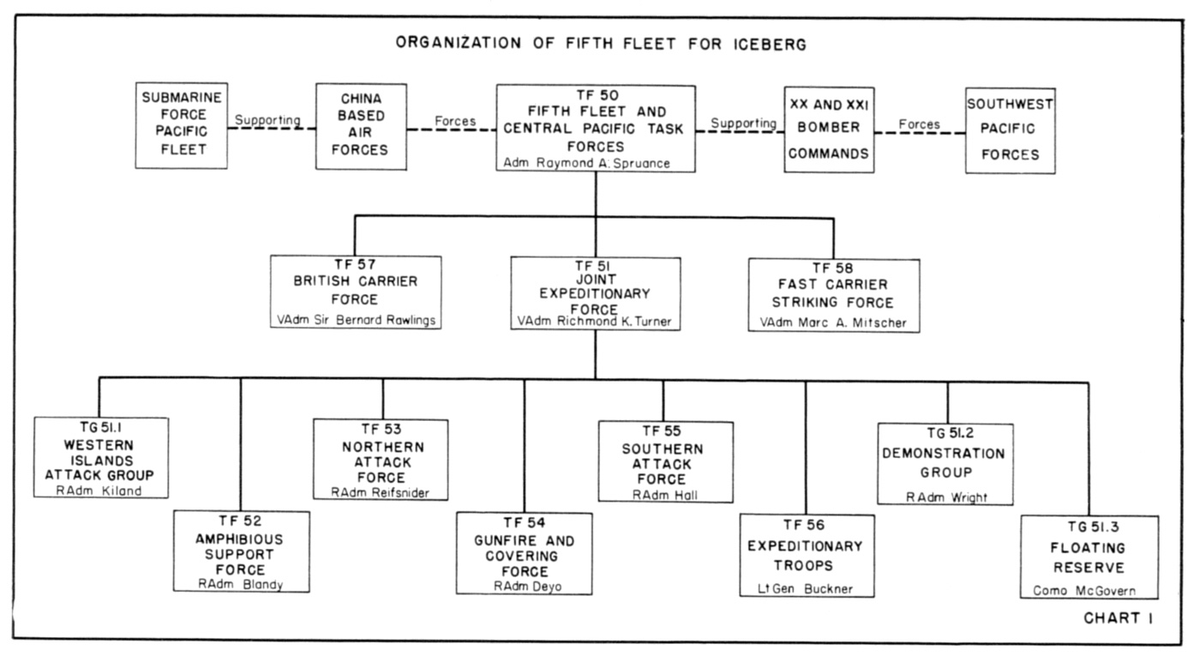
The other 10 USN ammo ships were converted LST's with ~500 tons each. As SOPA Kiland chose to keep the USN ammo ships but eject Army ammo ships.
This decision cost 10th Army 12,000 tons of artillery including most 81mm mortar and 105mm VT fused shells in the Pacific.
40/
This decision cost 10th Army 12,000 tons of artillery including most 81mm mortar and 105mm VT fused shells in the Pacific.
40/

The decisions of Turner and Kiland as Navy parochial SOPA's caused a cascading systems malfunction in Operation Iceberg logistics.
The USN had to provide more gunfire support w/o the aviation fuel infrastructure for flying enough float plane sorties. 41/
The USN had to provide more gunfire support w/o the aviation fuel infrastructure for flying enough float plane sorties. 41/
https://twitter.com/TrentTelenko/status/1283059047638409217
The 10th Army never got the mortar or proximity fused artillery ammunition to replace what was lost 6 April 1945.
This gave Japanese infantry "artillery sanctuaries" on the back slopes of hill masses that naval gunfire could not reach. 42/
This gave Japanese infantry "artillery sanctuaries" on the back slopes of hill masses that naval gunfire could not reach. 42/
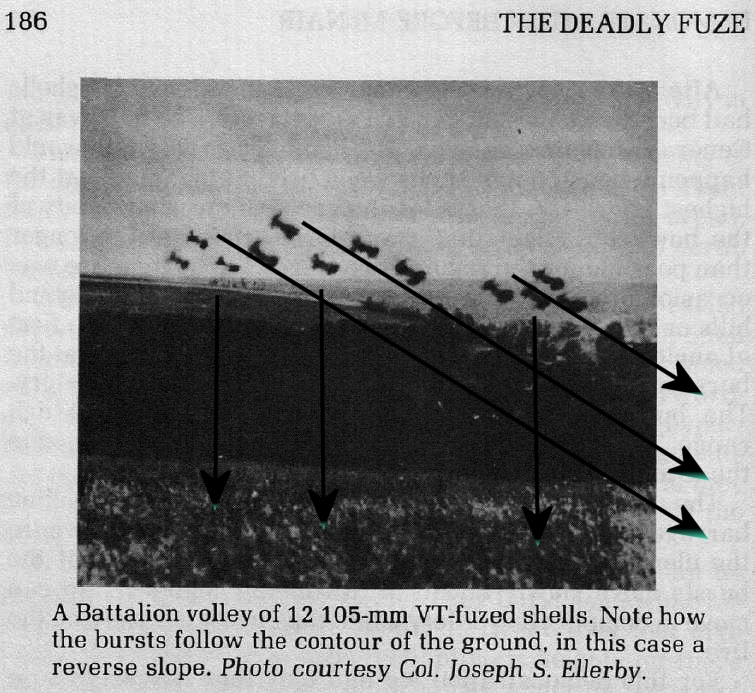
This lack of VT fused artillery and especially mortar ammo was why Sugar Loaf Hill was such a horror show for the 6th Marine Division.
The Japanese always had infantry reserves US shells could not touch. And when US Marines took those dead spaces. JAPANESE mortars could. 43/
The Japanese always had infantry reserves US shells could not touch. And when US Marines took those dead spaces. JAPANESE mortars could. 43/

Like so many other historiographies of WW2 in the Pacific. Okinawa's is over due for a frame, stud, baseboard and foundational tear down and rebuild.
One that should start with USN Flag rank decisions as SOPA with an eye towards friendly fire & logistics at Okinawa.
/End
One that should start with USN Flag rank decisions as SOPA with an eye towards friendly fire & logistics at Okinawa.
/End
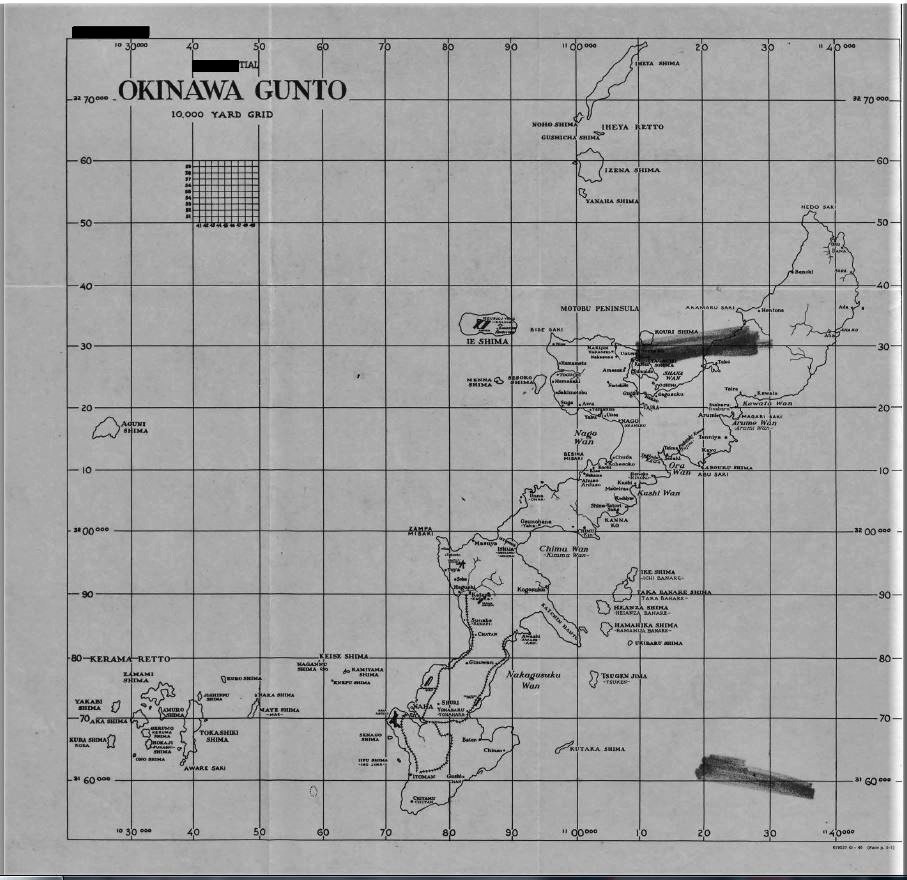
@threadreaderapp unroll
• • •
Missing some Tweet in this thread? You can try to
force a refresh






